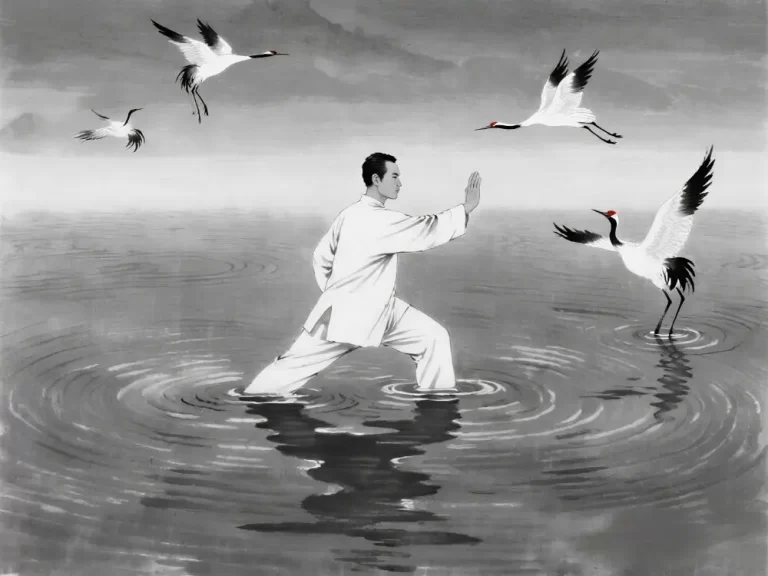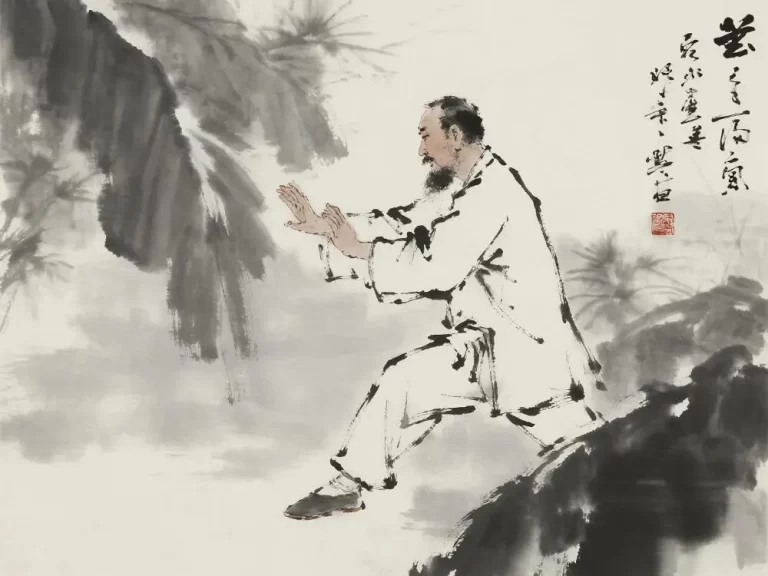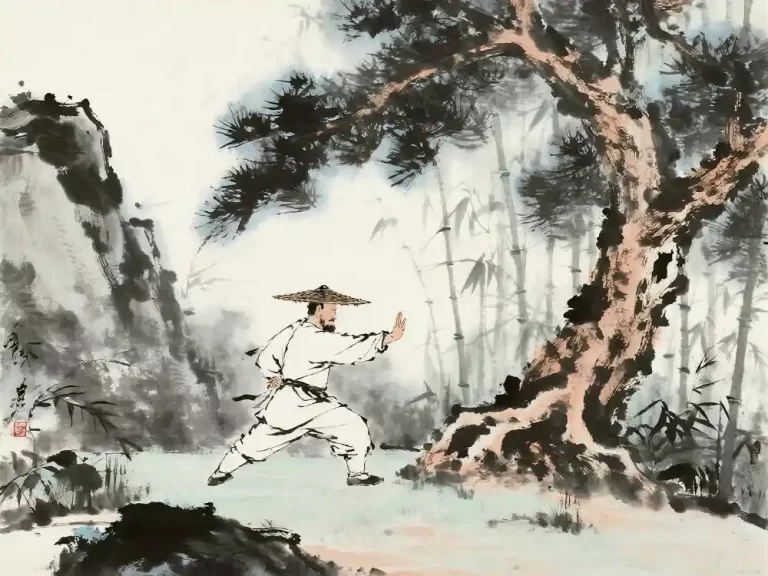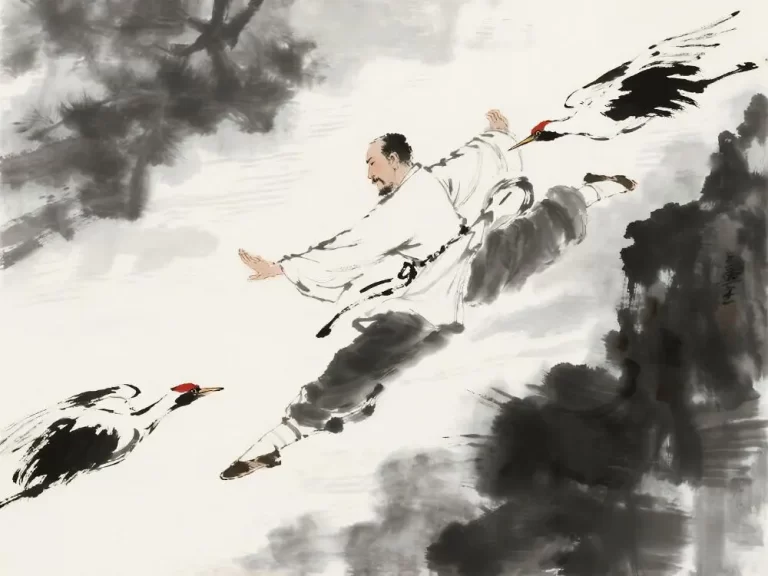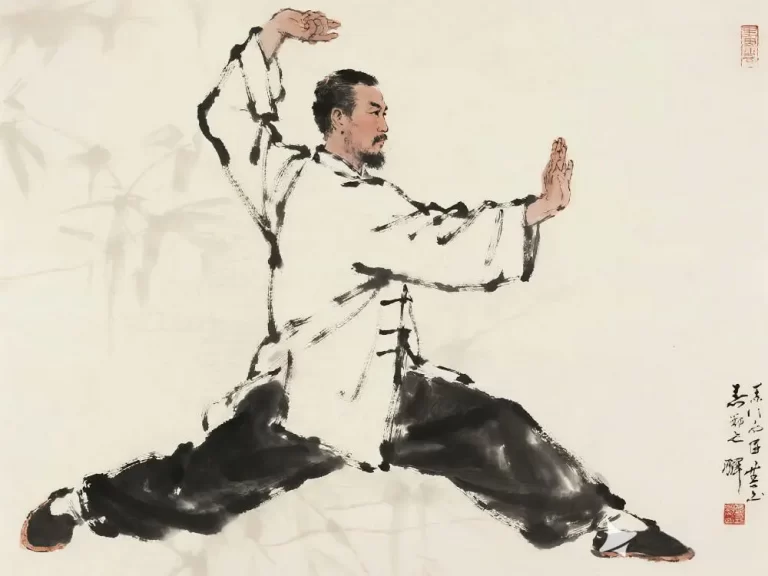Can I Learn Tai Chi on My Own? Complete Self-Learning Guide

Tai Chi, an ancient Chinese martial art, is celebrated for its slow, flowing movements and mental focus. But can you learn it without a teacher? This guide explores the pros and cons of self-learning Tai Chi, answers common questions, and provides actionable tips to get started—even if you’re flying solo.
Read navigation
Is Tai Chi Better for You Than Yoga?
Both Tai Chi and yoga offer physical and mental benefits, but they cater to different needs. Here’s a quick comparison:
| Aspect | Tai Chi | Yoga |
|---|---|---|
| Intensity | Low-impact, gentle movements | Varies (restorative to intense) |
| Focus | Balance, flow, and mindfulness | Flexibility, strength, alignment |
| Joint Health | Ideal for arthritis or joint pain | Depends on poses and style |
| Breathing | Natural, relaxed breaths | Structured techniques (pranayama) |
| Accessibility | Easier for seniors or limited mobility | May require floor work |
Verdict: Tai Chi is better if you prefer standing exercises, have joint issues, or want stress relief. Yoga suits those seeking flexibility or spiritual depth.
Which Tai Chi Style Is Best for Beginners?
Not all Tai Chi styles are created equal. Here’s a breakdown of beginner-friendly options:
| Style | Pace | Complexity | Best For |
|---|---|---|---|
| Yang | Slow, steady | Low | Stress relief, balance |
| Sun | Moderate | Medium | Arthritis, rehab |
| Wu | Slower | Low | Seniors, gentle practice |
| Chen | Fast/slow mix | High | Martial arts enthusiasts |
Tip: Start with Yang or Sun style for simplicity and adaptability.
How Many Times a Week Should You Do Tai Chi?
Consistency matters more than duration. Here’s a weekly plan:
| Level | Frequency | Session Length | Goals |
|---|---|---|---|
| Beginner | 3–4 times | 15–20 minutes | Learn basics, build habit |
| Intermediate | 4–5 times | 20–30 minutes | Improve form, flow |
| Advanced | Daily | 30+ minutes | Mastery, deeper focus |
Pro Tip: Even 10 minutes daily beats one long weekly session!
Am I Too Old to Learn Tai Chi?
Absolutely not! Tai Chi is perfect for all ages:
| Age Group | Benefits | Considerations |
|---|---|---|
| 20–40 | Stress reduction, posture improvement | Experiment with styles |
| 40–60 | Joint health, balance, energy boost | Modify stances if needed |
| 60+ | Fall prevention, mobility, social connection | Use chairs for support |
Storytime: Meet Joan, 72, who reversed her knee pain with daily Tai Chi. Age is just a number!
Is 10 Minutes of Tai Chi Enough?
Short sessions work if done mindfully:
| 10-Minute Routine | Benefits |
|---|---|
| Warm-up (2 mins) | Prepares muscles, reduces injury |
| Basic moves (5 mins) | Builds muscle memory |
| Cool-down (3 mins) | Lowers stress, improves focus |
Key Idea: Quality > quantity. Focus on precision, not duration.
What Are the Four Basic Concepts of Tai Chi?
Master these principles to elevate your practice:
| Concept | What It Means | How to Apply It |
|---|---|---|
| Slowness | Move deliberately | Avoid rushing; feel each motion |
| Balance | Stay rooted, shift weight smoothly | Practice standing on one leg |
| Softness | Relax muscles, avoid tension | Breathe deeply; loosen shoulders |
| Flow | Connect movements seamlessly | Imagine “painting” with your body |
Fun Fact: These concepts mimic water—soft yet powerful!
How Long Does It Take to Learn Tai Chi?
Progress varies, but here’s a rough timeline:
| Milestone | Timeframe | Focus Area |
|---|---|---|
| Basic moves | 1–3 months | Posture, simple sequences |
| Intermediate forms | 6–12 months | Coordination, breathwork |
| Advanced practice | 1+ years | Energy flow (Qi), precision |
Patience Pays: Even Bruce Lee said, “Long-term consistency beats short-term intensity.”
Is It OK to Do Tai Chi Every Day?
Yes! Daily practice has perks:
| Daily Practice | Benefits | Risks |
|---|---|---|
| 10–30 minutes | Better sleep, mood, flexibility | Overuse injuries (rare) |
Advice: Listen to your body. Rest if you feel sore.
Do You Have to Be Fit to Do Tai Chi?
Nope! Tai Chi adapts to your level:
| Fitness Level | Modifications | Example |
|---|---|---|
| Low | Shorter sessions, seated moves | Arm waves while sitting |
| Medium | Add leg lifts, deeper stances | Slow squats |
| High | Incorporate weights or speed | Weighted Tai Chi (yes, it’s a thing!) |
Motto: Start where you are. Progress, not perfection.
Can I Learn Tai Chi from a Book?
Books are helpful but have limits:
| Pros | Cons |
|---|---|
| Learn at your pace | No feedback on form |
| Affordable | Risk of misunderstanding postures |
| Great for theory (e.g., Qi, Yin-Yang) | Limited motivation |
Top Picks: The Harvard Medical School Guide to Tai Chi or Tai Chi for Dummies.
Is Tai Chi Hard on the Body?
Tai Chi is gentle but requires caution:
| Body Part | Common Issues | Prevention Tips |
|---|---|---|
| Knees | Over-rotating | Keep knees over toes, don’t lock |
| Back | Slouching | Engage core, align spine |
| Wrists | Overextending | Keep wrists neutral, relax hands |
Golden Rule: Discomfort is okay; pain is not. Adjust as needed.
What Is the Etiquette for Tai Chi?
Respect tradition with these simple rules:
| Do’s | Don’ts |
|---|---|
| Bow before/after practice | Interrupt others mid-flow |
| Wear comfortable clothing | Wear shoes (go barefoot!) |
| Arrive early for group sessions | Use phones in class |
Cultural Note: Tai Chi is about harmony—be kind to yourself and others!
Final Thoughts: Yes, You Can Learn Tai Chi Solo!
While a teacher accelerates learning, self-practice is possible with patience and the right resources. Start slow, focus on basics, and enjoy the journey. As the Chinese proverb says: “A journey of a thousand miles begins with a single step.”
Grab a video, unroll your mat, and let the flow begin! 🌿
